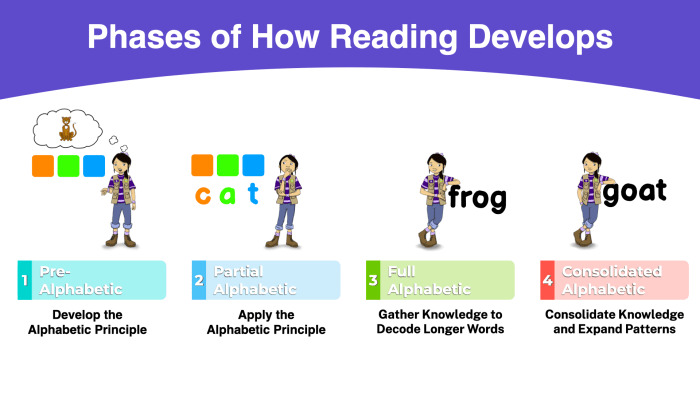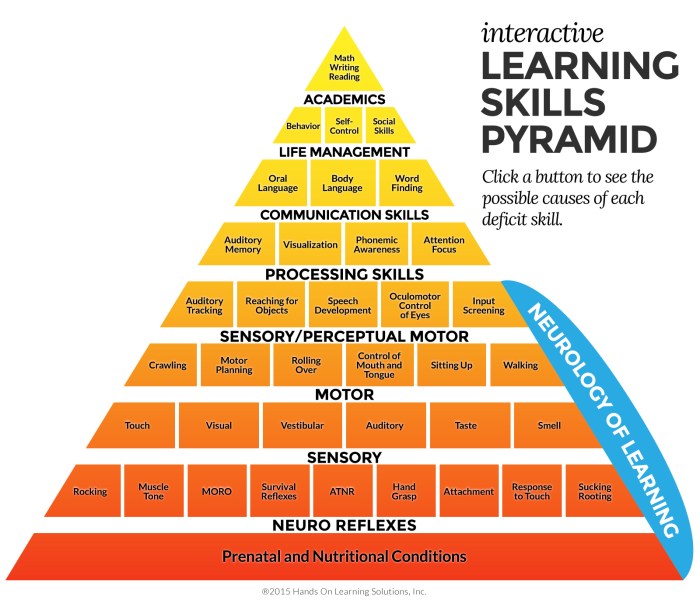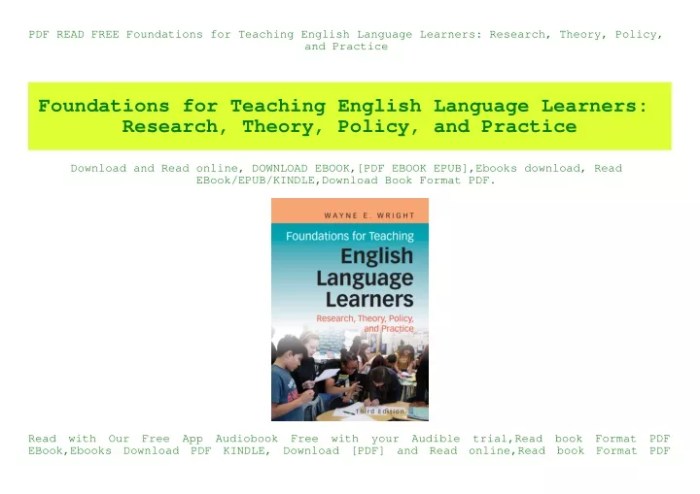Foundations for teaching English language learners (ELLs) provide a comprehensive framework for effective instruction, encompassing theoretical, methodological, assessment, pedagogical, cultural, and technological foundations. These foundations serve as guiding principles and strategies to support ELLs’ language development and academic achievement.
By understanding and applying these foundations, educators can create inclusive and equitable learning environments that empower ELLs to succeed in their academic endeavors.
Theoretical Foundations

The theoretical foundations of teaching English language learners (ELLs) provide a framework for understanding how ELLs learn and how best to support their learning. These foundations include:
Sociocultural Theory
Sociocultural theory emphasizes the importance of social and cultural context in language learning. It posits that language is a social tool that is used to communicate and interact with others. As such, ELLs need to be provided with opportunities to interact with native speakers and to experience the target language in a variety of social and cultural contexts.
Second Language Acquisition Theory, Foundations for teaching english language learners
Second language acquisition theory provides a framework for understanding how people learn a second language. This theory suggests that ELLs progress through a series of stages as they learn a new language. These stages include the pre-production stage, the early production stage, the speech emergence stage, the intermediate fluency stage, and the advanced fluency stage.
Language Learning Strategies
Language learning strategies are techniques that ELLs can use to improve their language learning. These strategies include cognitive strategies, such as memorization and rehearsal, and metacognitive strategies, such as planning and monitoring. ELLs should be taught a variety of language learning strategies so that they can choose the strategies that work best for them.
Methodological Foundations
The methodological foundations of teaching ELLs provide a framework for designing and implementing effective language instruction. These foundations include:
Communicative Language Teaching
Communicative language teaching (CLT) is a method of language teaching that emphasizes the use of language for communication. CLT activities are designed to provide ELLs with opportunities to use the target language in meaningful and communicative contexts.
Task-Based Learning
Task-based learning (TBL) is a method of language teaching that emphasizes the use of tasks to promote language learning. TBL activities are designed to provide ELLs with opportunities to use the target language to complete real-world tasks.
Content-Based Instruction
Content-based instruction (CBI) is a method of language teaching that integrates language instruction with content instruction. CBI activities are designed to provide ELLs with opportunities to learn the target language while also learning about a specific content area.
Assessment Foundations

The assessment foundations of teaching ELLs provide a framework for evaluating ELLs’ progress and identifying their needs. These foundations include:
Types of Assessments
There are a variety of different types of assessments that can be used to evaluate ELLs’ progress. These assessments include formal assessments, such as standardized tests, and informal assessments, such as teacher observations and student self-assessments.
Principles of Effective Assessment
There are a number of principles that should be followed when assessing ELLs. These principles include using multiple measures, considering the student’s background knowledge and experiences, and providing feedback that is clear and actionable.
Assessment Tools and Techniques
There are a variety of different assessment tools and techniques that can be used to measure ELLs’ language skills. These tools and techniques include standardized tests, teacher-made tests, portfolios, and running records.
Instructional Foundations

The instructional foundations of teaching ELLs provide a framework for designing and implementing effective language instruction. These foundations include:
Scaffolding
Scaffolding is a teaching technique that provides ELLs with the support they need to complete tasks that they would not be able to complete independently. Scaffolding can be provided in a variety of ways, such as through the use of visual aids, simplified language, and peer support.
Differentiated Instruction
Differentiated instruction is a teaching approach that takes into account the individual needs of ELLs. Differentiated instruction can be provided in a variety of ways, such as through the use of different learning activities, materials, and assessments.
Error Correction
Error correction is a teaching technique that helps ELLs to identify and correct their errors. Error correction can be provided in a variety of ways, such as through the use of verbal feedback, written feedback, and peer feedback.
Cultural Foundations

The cultural foundations of teaching ELLs provide a framework for understanding the cultural backgrounds of ELLs and how these backgrounds can influence their learning. These foundations include:
Importance of Understanding Cultural Backgrounds
It is important for teachers to understand the cultural backgrounds of their ELLs. This understanding can help teachers to create a more supportive and effective learning environment for their students.
Influence of Cultural Factors
Cultural factors can influence ELLs’ learning and behavior in a variety of ways. For example, ELLs from cultures that value collectivism may be more likely to work collaboratively than ELLs from cultures that value individualism.
Culturally Responsive Teaching Strategies
Culturally responsive teaching strategies are teaching strategies that are designed to meet the needs of ELLs from diverse cultural backgrounds. These strategies can help ELLs to feel more comfortable and successful in the classroom.
Technology Foundations: Foundations For Teaching English Language Learners
The technology foundations of teaching ELLs provide a framework for using technology to support ELLs’ learning. These foundations include:
Use of Technology
Technology can be used to support ELLs’ learning in a variety of ways. For example, technology can be used to provide ELLs with access to authentic materials, to create interactive learning activities, and to provide opportunities for communication and collaboration.
Technology Tools and Resources
There are a variety of different technology tools and resources that can be used to support ELLs’ learning. These tools and resources include online dictionaries, translation software, and language learning apps.
FAQs
What are the key theoretical foundations of teaching ELLs?
The key theoretical foundations include sociocultural theory, second language acquisition theory, and language learning strategies.
What are the different methodologies used in teaching ELLs?
Common methodologies include communicative language teaching, task-based learning, and content-based instruction.
How are ELLs assessed?
ELLs are assessed using various methods, including standardized tests, classroom assessments, and portfolio assessments.
What are the essential components of effective ELL instruction?
Essential components include scaffolding, differentiated instruction, and error correction.
Why is it important to understand the cultural backgrounds of ELLs?
Understanding cultural backgrounds helps educators create culturally responsive teaching strategies that respect and value students’ diverse experiences.